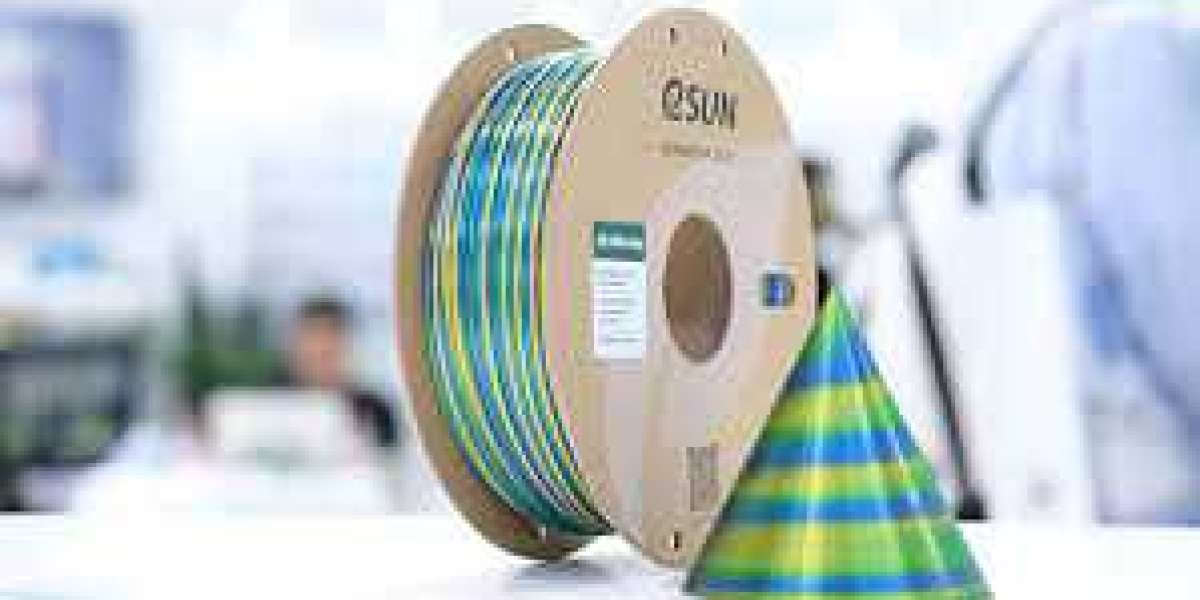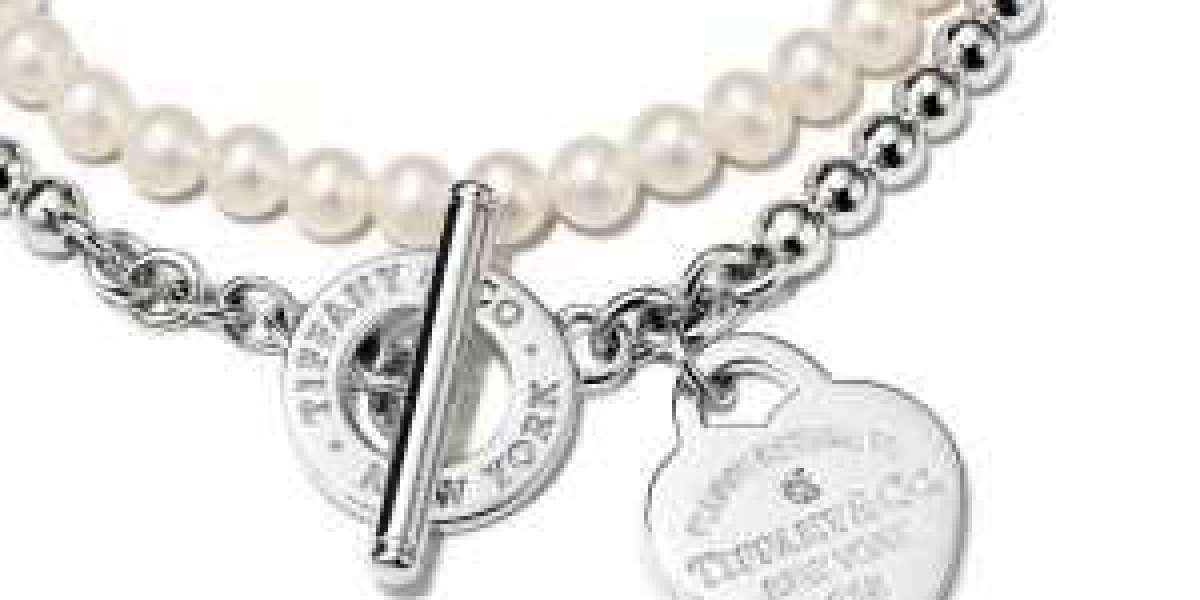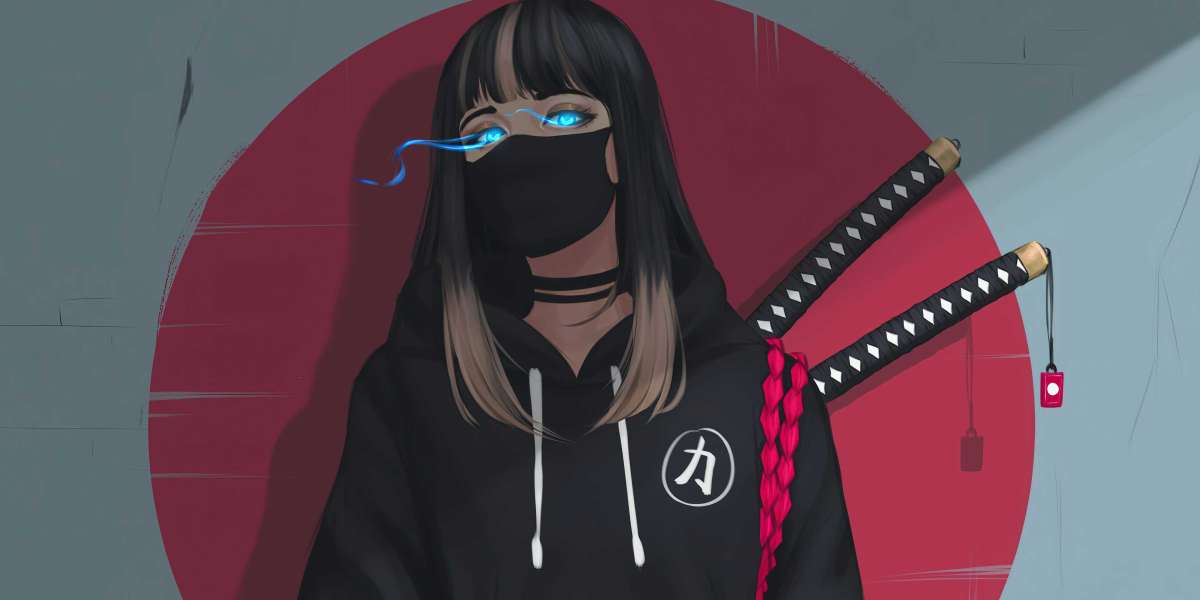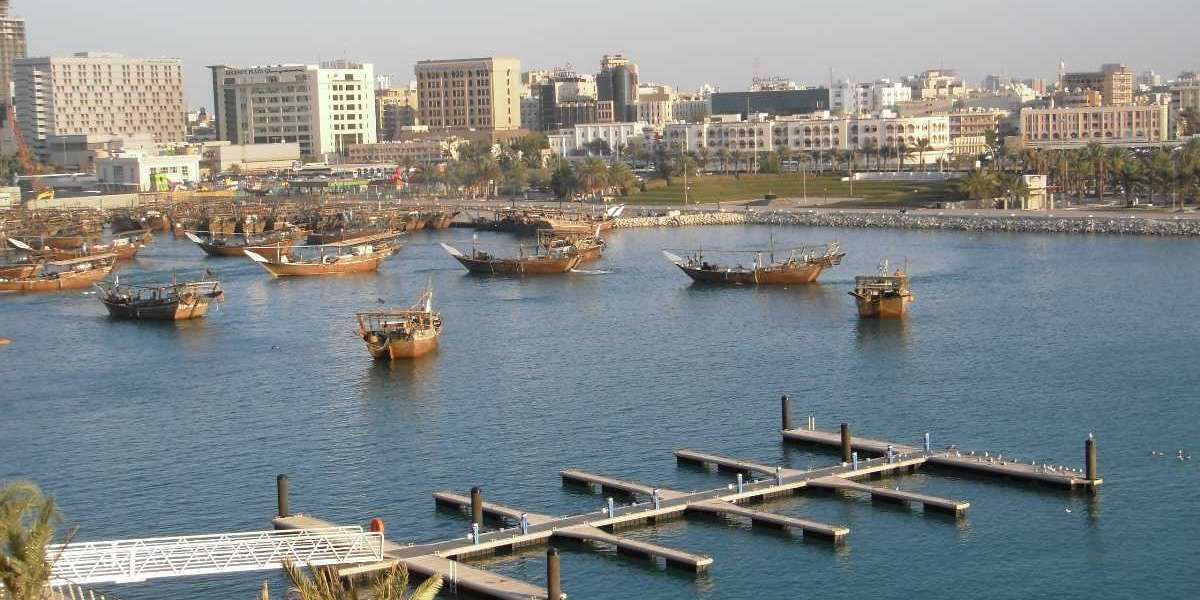Silk PLA (polylactic acid) is a bio-based material widely used in 3D printing, favored for its shine and strength. However, during the printing process, various problems may be encountered that affect the quality and aesthetics of the final product.
First, the plug and the silk is not smooth
Plugs and poor wire production are common printing problems, especially after prolonged use. To solve these problems, we can start from the following aspects:
Increase the print temperature: Increase the print temperature to 230°C, reduce the print speed to 40mm/s, and reduce the layer thickness to 0.1mm to help the material flow better.
Replace the hardware: If the front end of the throat turns black, it indicates that the throat and nozzle are aging and need to be replaced. When replacing, make sure to tighten the nozzle in hot state.
Adjust the extruder gear: check whether the extruder gear is snapped properly, and appropriately loosen the extruder spring to ensure that the material can enter smoothly.
Second, the model does not stick to the bottom plate and warping edge
Model non-stick bottom plate and warped edge are usually caused by improper setting of bottom plate temperature and adhesion force. Here are some solutions:
Relevel: Ensure that the printing platform is level and the distance between the nozzle and the platform is moderate to avoid the first layer overflowing or sticking.
Adjust slice parameters: the extrusion rate of the first layer should be higher than 100%, the speed of the first layer should be set to 10mm/s, the first layer blowing fan should be turned off, and the temperature of the bottom plate should be set to 45-60°C.
Use adhesive: Apply PVP solid glue or 3DLac base plate glue on the base plate to increase the adhesion of the material. If possible, it can be replaced with a pure glass base plate.
Third, the phenomenon of drawing
The phenomenon of wire drawing not only affects the aesthetics, but also may affect the structural strength of the model. Here are some strategies to reduce drawing:
Optimize the temperature setting: appropriately reduce the nozzle temperature to ensure that the material can cure quickly after extrusion. At the same time, the temperature of the bottom plate is kept within the appropriate range to promote the good bonding of the first layer.
Adjust the print speed and flow rate: Slow down the print speed, especially for complex details, while adjusting the extrusion flow rate to the recommended value to avoid excessive extrusion.
Enable the pull-back function: Reasonably set the pull-back distance, speed, and additional extrusion amount to reduce the generation of wire drawing.
Fourth, the print layer can not be aligned
The failure of the printing layer to align will cause obvious lamination on the surface of the model, affecting the appearance of the model. Here are some solutions:
Check the elastic tension: ensure that the elastic tension is moderate to avoid loosening the belt.
Check whether the top plate is loose: Ensure that the top plate is firmly fixed to avoid deviation during the printing process.
Make sure the Z-axis rod is straight: Check the Z-axis rod is straight regularly and adjust or replace it if necessary.
5. The model is fragile and easily damaged
The fragility of the model may be caused by improper material temperature setting or insufficient cooling. Here are some solutions:
Adjust the material temperature: ensure that the printing temperature is around 210°C to avoid too high or too low temperature.
Ensure normal operation of the fan: Check that the fan is operating properly to ensure that the material can cure quickly.
Pay attention to ventilation issues: Keep the printing environment well ventilated to avoid external influences on the material during the curing process.
Six, intermittent broken wire
Intermittent wire breakage can be caused by improper temperature setting, material quality, or clogged sprinkler heads. Here are some solutions:
Check the temperature setting: Make sure the print temperature is correct and avoid too high or too low temperature.
Check the nozzle for blockage: If necessary, clean the nozzle to ensure that the material can be extruded smoothly.
Replace the material: If the problem still exists, it may be a material quality problem, it is recommended to change the consumable supplier.
Through the above solutions, we can effectively deal with the problems that may occur in the printing process of silk PLA, and improve the printing quality and efficiency. In practice, you need to keep trying and adjusting to find the most suitable parameter Settings for your printing equipment.







